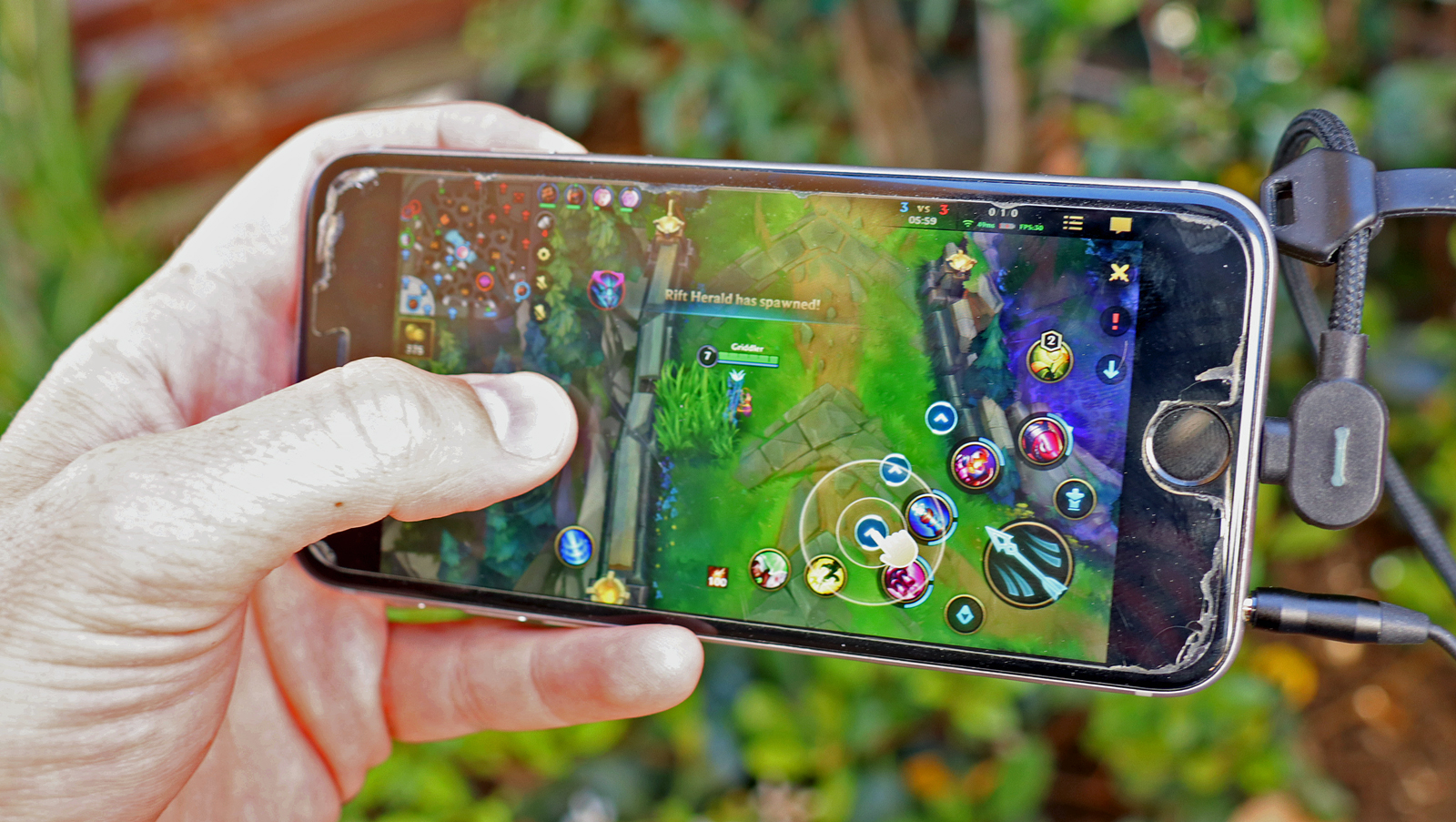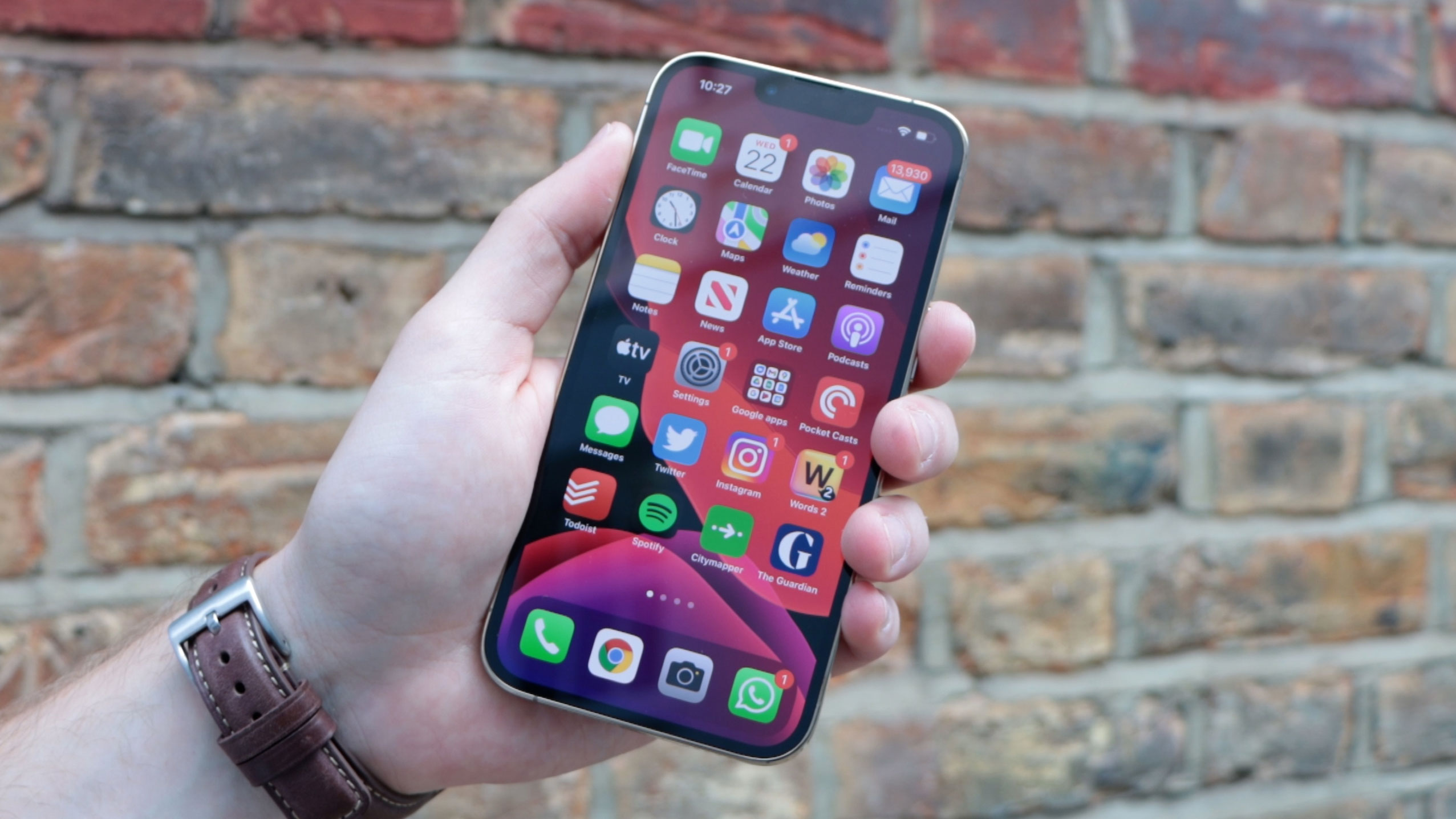When is someone going to make a gaming phone for adults?
Mobile gaming is big business whichever you look at it. Games played on smartphones represent half of all global gaming revenue, according to Statista, beating traditional console gaming into a distant second place.
Given the vast popularity of mobile gaming, then, why does the market for gaming phones feel like such a niche concern? Why does the gaming phone market only seem to target a particular type of young, brash audience?
What I’m really trying to ascertain is, when will someone make a gaming phone for adults like me?
Boring old me
I am what many would consider a fairly typical example of a British male who came of age at the turn of the millennium. Crushingly, boringly ‘normal,’ if there is such a thing.
I’m fortunate enough to have a full-time job and a house. I’m married. I choose to spend my spare time and income on films, gigs, and restaurants. I play football and go to the pub. I also happen to enjoy playing video games, and have a keen interest (both personal and professional) in smartphone technology.
You might think I’d be right in the center of the Venn diagram marked ‘gaming phone target audience.’ But while I’ve used, reviewed, and enjoyed several gaming phones through my work as a freelance tech and games writer, I wouldn’t dream of buying a device for myself.
And I’d be deeply surprised if many people in a broadly similar situation felt significantly different.
What we mean when we talk about gaming phones
Let’s back up a bit. If you pay only a moderate amount of interest to the wider smartphone scene, or perhaps only play games on a casual basis, you may not even realize there is such a thing as a ‘gaming phone.’ So let’s pinpoint exactly what that term means.
Gaming phones are smartphones that are targeted specifically at gamers - or a particular subset of gamers, at least. They tend to supply flagship or near-flagship specifications in a design that favors extended landscape-oriented media consumption over general day-to-day tasks. They’re generally big and bulky, with bespoke cooling systems that can even incorporate physical fans.
A decent gaming phone’s display will generally be more responsive than that of even a regular flagship phone. For example, the Nubia Red Magic 6S Pro has a display with a 720Hz touch sampling rate, which is literally twice as responsive as that of the OnePlus 9 Pro. And believe me when I say that the latter is not even remotely sluggish.
Meanwhile, non-gaming-related elements like the camera are given much lower priority in a gaming phone. The likes of the Lenovo Legion Duel 2 and the Asus ROG Phone 5s Pro tend to take mediocre pictures at best, despite costing hundreds s and boasting otherwise exemplary specifications.

A common signifier of gaming phones is the provision of additional physical controls, which tend to take the form of side or rear-mounted buttons (either physical or capacitive) that can be remapped on a game-by-game basis. This grants a considerable advantage in competitive online games such as League of Legends: Wild Rift and Call of Duty Mobile.
Such devices invariably run on Android due to the greater freedom for customization that Google’s platform affords. Gaming phone manufacturers have free rein to create custom UIs and gaming overlays that provide quick access to CPU and GPU modes, do-not-disturb settings, cooling modes, and RGB lighting.
Which brings me to the core of my argument.
Flash player
In addition to their inherent unwieldiness, modern gaming phones tend to meld a curious ‘gamer aesthetic’ into their chunky designs. Such devices are big on bulky sci-fi swooshes and aggressive logos, and they often incorporate RGB lighting.
While your average phone manufacturer has had to fight tooth and nail for every inch and ampere of space and battery resources, gaming phone makers will choose to whack in a strip of plastic that can output all the colors of the rainbow at once.
If this sounds juvenile and wasteful, well, it IS. Deeply so.
Such an aesthetic seems to share some commonality with a certain strand of PC gaming, and shares links to esports and competitive game streaming. Again, this is a heavily subscribed corner of gaming culture, but it’s not for everyone.
And this really brings home my problem with gaming phones. For someone not remotely invested in that particular sub-strand of gaming culture, gaming phones strike me as crass and impractical.
Beyond that, for someone of a certain vintage and sensibility, or who has friends and colleagues who aren’t exclusively (or even mostly) hardcore gamers, pulling out such a device in public can be flat-out embarrassing.
Okay, boomer
I can hear the response. “okay, boomer, stop whining about the flashing lights and go back to your stuffy old iPhone.”
First up: thanks, I will. My personal iPhone 13 Pro is a great gaming device, with performance potential that trounces any dedicated gaming phone and an App Store that’s filled with loads of great games.

But also, I’d appreciate the option of a great phone that happens to prioritize gaming. One that doesn’t shirk on basic smartphone design and usability principles, or even simple considerations of good taste. One that doesn’t mean I have to forego taking pictures in anything less than optimal lighting if I want a set of physical gaming controls.
Why can’t I have a phone with the sleek looks and all-around competence of a Sony Xperia 1 III, but instead of physical camera shutter and Google Assistant buttons, it gives me a pair of shoulder buttons for mapping to my favorite shooter?
Or why can’t I have a Samsung Galaxy S21 Ultra with no selfie notch (the bane of mobile gaming) and a slightly thicker body containing a bigger battery and a meatier cooling system?
This isn’t to single out Sony and Samsung, you understand. The simple truth is, no one is making these phones right now, at least not on a global scale.
Reaching the next level
I don’t think that such a request is unreasonable. There have been gaming phones in the past that offered something broadly similar.
Anyone remember the Sony Ericsson Xperia Play? This so-called ‘PlayStation Phone’ was a solid Android handset that was considered pretty sleek and stylish for its day. It also happened to have a slide-out set of gaming controls and a game-focused UI for a Sony PSP-approximating portable gaming experience.
Or, prior to that, there was the Nokia N95 feature phone, which used its slide-out physical controls and Nokia’s dedicated N-Gage gaming platform to produce a pleasingly discrete gaming machine.
Both of these devices and their associated platforms had their flaws, and neither was an unqualified success as a gaming device. It’s fair to say that the path to gaming phone glory is littered with failures.
But the broad thrust of providing a regular phone with a potent gaming trick up its sleeve still holds a lot of appeal to me. And, I suspect, to many others too.
The closest thing I’ve seen to what I’m after recently is the iQoo 7 Legend. This phone from a Vivo sub-brand is a sleek, modern flagship with strong all-around specs and a svelte design. It also adopts an overt gaming angle, complete with super-responsive touch sampling rate, an advanced cooling system, and a two-part pressure-sensitive display that can be mapped to a game’s existing touch controls.
It’s far from perfect, with a pokey battery and a distracting hole-punch display, and it’s not even available in the West at the time of writing. But it confirms that I’m not the only one thinking along these lines, and that such a balance of all-around poise and gaming chops is possible to achieve in a single phone.
The question is, which smartphone manufacturers (if any) will pick up this baton and go global with a gaming phone for adults in 2022?


No comments